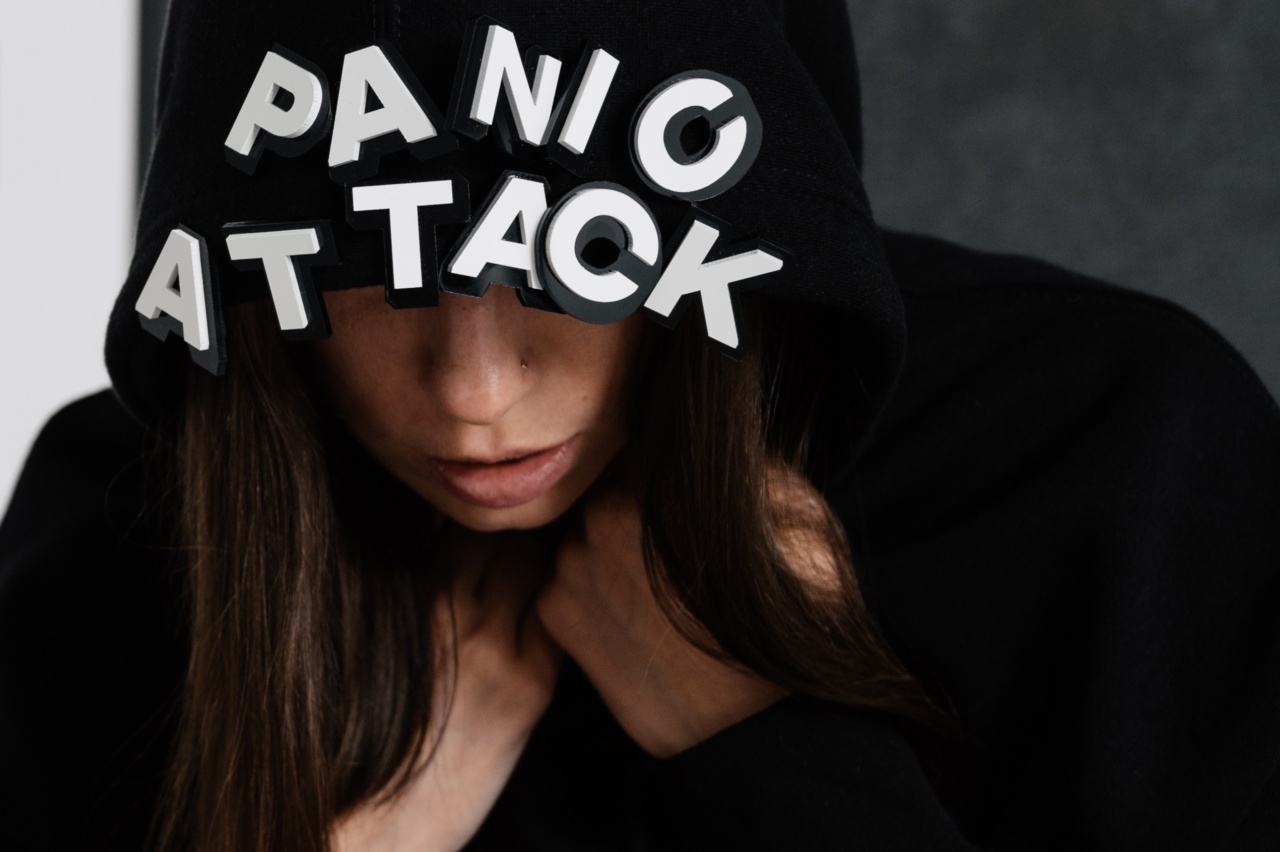A panic attack is a sudden and intense feeling of fear or distress that can last a few minutes or longer. It can be very scary, and the symptoms can be physical and emotional.
Some of the physical symptoms of a panic attack include sweating, a racing heartbeat, trembling, and shortness of breath. Some of the emotional symptoms include a feeling of dread, a sense of impending doom, and a feeling of being out of control.
Panic attacks can occur in people of any age and can be caused by a range of factors, including stress, anxiety, and depression.
1. Breathing Techniques
Breathing techniques are an effective way to reduce panic attack symptoms. You can try the following technique:.
- Sit in a comfortable position with your back straight.
- Close your eyes gently and breathe in through your nose for four seconds.
- Hold your breath for seven seconds.
- Exhale through your mouth for eight seconds.
- Repeat this cycle for 5-10 minutes.
2. Mindfulness
Mindfulness is a technique that involves being present in the moment and paying attention to your thoughts, feelings, and surroundings. When you are experiencing a panic attack, you can use mindfulness to focus your attention on your breathing and body.
Here’s how:.
- Sit down in a quiet space and focus on your breath.
- Take deep breaths in through your nose and out through your nose.
- Focus on your inhales and exhales, counting to 3 on inhaling, and counting to 3 on exhaling.
- When your mind wanders, gently bring it back to your breath.
- Keep repeating this until you feel calm.
3. Exercise
Exercise is a great way to reduce panic attack symptoms. It releases endorphins, which can help improve your mood and reduce stress. It also provides a healthy distraction from your thoughts and worries.
You don’t have to do anything intense or complicated, even a quick walk around the block can do wonders for your stress levels.
4. Distract yourself
Distracting yourself is another great way to reduce panic attack symptoms. Try focusing on something else entirely, like counting backwards from 100.
Or try to distract yourself with an engaging activity like drawing or reading a book, or watching a movie. The more you can get your mind off the stress that is triggering your panic, the better.
5. Positive Thinking
During a panic attack, your mind may be flooded with negative thoughts and fears. This can create a vicious cycle of panic and anxiety. Positive thinking can help break this cycle by focusing your thoughts on something positive.
Try thinking about things you are grateful for or things that make you happy, or things you’ve accomplished. This can help calm your fears and reduce your anxiety.
6. Seek Professional Help
If you’re struggling with panic attacks and find that you can’t manage them on your own, it’s important to seek professional help.
A mental health professional can help you develop coping strategies and teach you techniques to manage stress and anxiety. They can also prescribe medications to help manage your symptoms. With the help of a trained professional, you can learn how to manage and overcome your panic attack symptoms.
7. Affirmations
Affirmations are statements that you repeat to yourself to reinforce positive beliefs. When you’re experiencing a panic attack, your thoughts may be consumed with negative beliefs that exacerbate your anxiety.
Affirmations can help change your thinking from negative to positive. Repeating affirmations like “I am calm and in control” or “I am safe and protected” can relax your mind and reduce your anxiety.
8. Herbal Remedies
There are many herbal remedies that are believed to help reduce anxiety and panic attack symptoms. Some of the most popular herbs for anxiety include chamomile, valerian root, passionflower, and kava.
You should speak to your doctor before taking any herbs or supplements, as they can interact with prescription medications.
9. Limit Caffeine and Sugar
Caffeine and sugar can exacerbate anxiety and panic attack symptoms. When you consume caffeine or sugar, your body may react with a spike in energy and then a crash, which can trigger a panic attack.
Try reducing your intake of caffeine and sugar to see if it helps reduce your symptoms.
10. Practice Acceptance
Finally, it’s important to practice acceptance when it comes to your panic attack symptoms. Acceptance means acknowledging your anxiety and its symptoms without judging them or getting caught up in them.
It’s normal to feel anxious at times, and it’s okay to have panic attacks. By accepting your symptoms, you can learn to manage them more effectively and reduce their impact on your life.




























